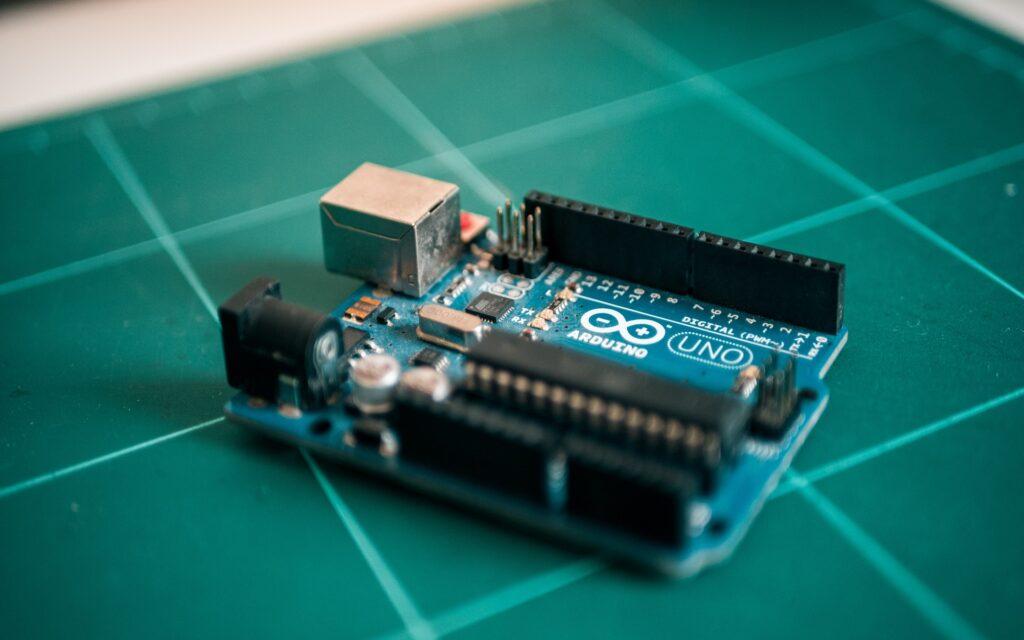Introduction
Industry 4.0 is the fourth industrial revolution that mainly focuses on complete automation and complete digitalization in the field of the manufacturing department.
It completely revolutionizes the manufacturing and distribution process of companies.
Industry 4.0 includes the Internet of Things (IoT), Artificial Intelligence (AI), Machine Learning, and cloud computing and analytics.
First, let’s know about the history of these revolutions.
First Industry Revolution: – The first industrial revolution (mechanization through water and steam power) started in England, nearly about the 1750s – 1760s, and lasted somewhere between the 1820s to 1840s. This revolution begins to produce goods in large quantities, because of the machining process involved in the manufacturing process. Before this manufacturing was done only by the involvement of human and animal labor.
Second Industrial Revolution: – The second industrial revolution (which includes mass production and assembly lines using electricity) started nearly in the 1870s and ends with world war 1, nearly in 1914. In this there are rapid changes occur in communication and manufacturing technology. The manufacture of mass-produced consumer items and weapons, as well as steel, chemicals, and electricity, was accelerated by quick breakthroughs in these industries. Using trains, cars, and bicycles to go about became much simpler.
Third Industry Revolution: – The third industry revolution (computerization – the adoption of computers and automation) started nearly in the 1950s and it is not clear when it ends and when Industry 4.0 started. The third industrial revolution saw the development of electronics, telecommunications, and computers, naturally. Through the use of new technologies, the third industrial revolution made space exploration, research, and biotechnology possible. In the world of business, two significant innovations Programmable Logic Controllers, or PLCs, and Robots helped users in a period of advanced automation
.
Now come to our topic of Industry 4.0 or the Fourth Industrial Revolution.
The third industrial revolution began with the adoption of computers and automation; the fourth will finish it with the development of intelligent, autonomous systems powered by data and machine learning. It stands for the fusion of the Internet of Things, the Internet of Systems, and the cyber-physical systems.
This revolution is very different from the previous three revolutions, this mainly helps the industries to cut out the manpower from the production line to increase profitability by subtracting the production cost and increase in manufacturing. Computers and machines will eventually replace people in a wide range of professions, from drivers to accountants, estate agents to insurance agents, as automation rises. According to one estimate, automation might endanger as many as 47% of American jobs. It mainly affects low-skill and low-wage jobs.
After Industry 4.0 there is no place for unskilled or slow work in production. It helps industries to manage their production rate and increase the quality and quantity of products. Which helps industries to produce much better and higher quality products for the end users or customers.
Because of the use of the Cyber-Physical System, Internet of Things (IoT), Internet of Systems, and Artificial Intelligence (AI), the machines become much smarter and keep getting smarter by learning by themselves, because they now access more data, and by AI they can learn by their mistakes.
Characteristics of a smart factory
Analyzing data to make the best decisions possible
For industrial firms, embedded sensors and networked equipment generate a sizable amount of big data. Manufacturers can use data analytics to look into historical trends, spot patterns, and improve decisions. To gain deeper insights, smart factories can also integrate data from other areas of the company as well as their wider ecosystem of suppliers and distributors. Manufacturers can base production choices on sales margins and staff by examining data from human resources, sales, or warehousing.
Autonomous equipment and vehicles
Autonomous cranes and trucks are being used by some shipping yards to expedite operations as they unload shipping containers from ships.
Additive manufacturing (3D printing)
Over the past ten years, this technology has advanced significantly, moving from largely being utilized for prototypes to actual production. Numerous production options are now available thanks to improvements in the utilization of metal additive fabrication.
Robots
Robotics is now more economical and accessible to businesses of all sizes, unlike in the past when it was only feasible for huge corporations with large resources. Autonomous robots can rapidly and safely assist producers by picking products at a warehouse and preparing them for shipping. Robots carry goods throughout Amazon’s warehouses, cutting costs and enabling the online retailer to make greater use of available space.
Streamline supply chains and logistics
When new information is supplied, a connected supply chain can adapt and make accommodations. A networked system can proactively respond to this reality and change manufacturing priorities if bad weather delays a shipment.


